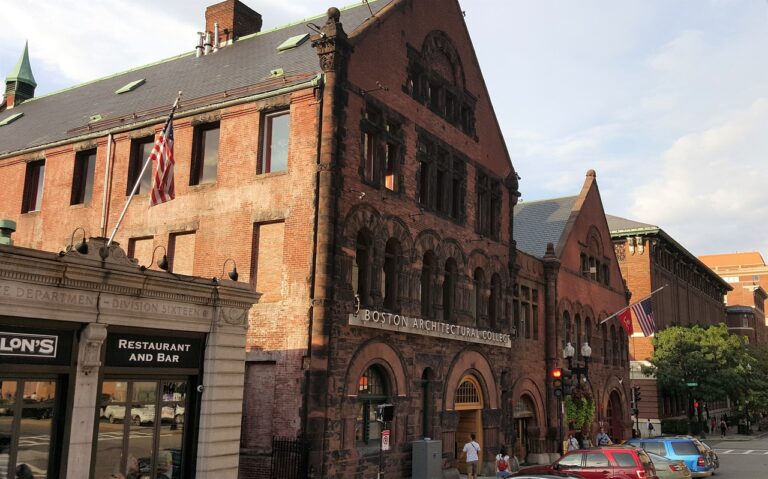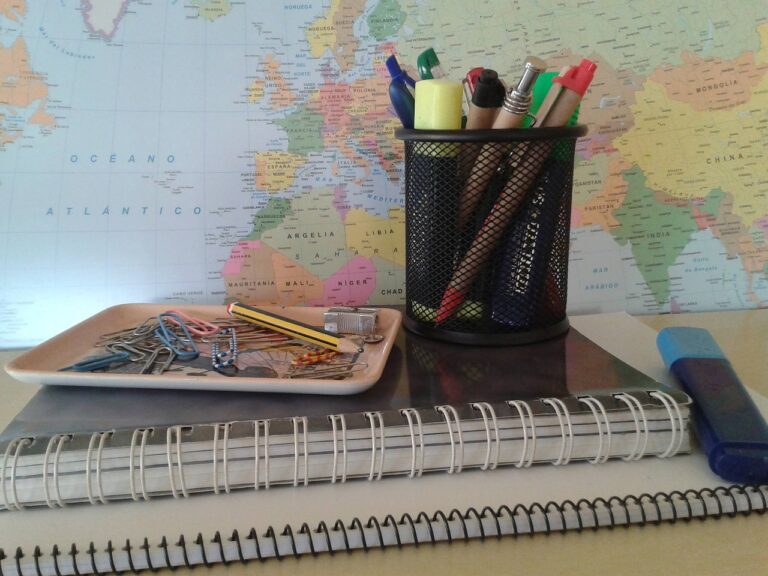Exploring Culturally Responsive Dance Education Curriculum
Culturally responsive dance education incorporates various elements that are essential in creating an inclusive and empowering learning environment. One key component is the acknowledgment and celebration of diverse cultural backgrounds, ensuring that students feel represented and valued in their dance education. By including a wide range of dance styles, music genres, and historical contexts from different cultures, educators can enrich the learning experience and encourage students to develop a deeper appreciation for the diversity in dance.
Another crucial component of culturally responsive dance education is the integration of culturally relevant pedagogy in teaching practices. This involves incorporating teaching strategies that respect and honor the cultural knowledge and experiences of students, fostering a sense of pride in their heritage and identity. By infusing dance lessons with cultural references, stories, and traditions, educators can create meaningful connections with students and cultivate a deeper understanding of the relationship between dance and cultural identity.
• Acknowledgment and celebration of diverse cultural backgrounds
• Inclusion of a wide range of dance styles, music genres, and historical contexts from different cultures
• Encouragement for students to develop a deeper appreciation for diversity in dance
• Integration of culturally relevant pedagogy in teaching practices
• Incorporation of teaching strategies that respect and honor the cultural knowledge and experiences of students
• Fostering a sense of pride in heritage and identity through dance lessons with cultural references, stories, and traditions.
Understanding the Importance of Cultural Context in Dance Curriculum
Cultural context plays a significant role in shaping the way dance is taught and learned. By incorporating diverse cultural perspectives into the dance curriculum, students are exposed to a rich tapestry of traditions, movements, and stories. This not only broadens their understanding of different cultures but also enhances their overall dance experience by fostering a sense of inclusivity and appreciation for the diversity of dance forms.
Incorporating cultural context in the dance curriculum also helps students develop a more nuanced and respectful approach to exploring movements and styles from various traditions. It encourages students to move beyond surface-level imitation and delve deeper into the historical, social, and cultural significances of the dances they are learning. This not only promotes a deeper connection to the art form but also cultivates a sense of empathy and understanding towards different cultural practices and perspectives.
Incorporating Diversity and Inclusivity in Dance Education
Dance education plays a crucial role in fostering a welcoming and inclusive environment for students from all cultural backgrounds. By incorporating diverse dance styles, music, and movements into the curriculum, instructors can create a space where students feel validated and represented. This exposure to various cultural traditions not only enriches the overall dance experience but also promotes empathy, respect, and understanding among students.
In order to truly embrace diversity and inclusivity in dance education, it is essential for instructors to actively seek out opportunities to learn about different cultures and their dance practices. This could involve inviting guest artists from diverse backgrounds to lead workshops, incorporating discussions on the historical and social contexts of various dance styles, and encouraging students to share their own cultural dance experiences. By cultivating a learning environment that celebrates differences and encourages dialogue, dance educators can empower their students to become more globally aware and culturally sensitive dancers.
Why is it important to incorporate diversity and inclusivity in dance education?
It is important to incorporate diversity and inclusivity in dance education to ensure that all students feel represented and included, leading to a more enriching and empowering learning experience for everyone involved.
How can dance educators incorporate diversity in their curriculum?
Dance educators can incorporate diversity in their curriculum by including a wide range of dance styles from different cultures, inviting guest instructors from diverse backgrounds, and encouraging students to explore and appreciate the diversity of the dance world.
What is culturally responsive dance education?
Culturally responsive dance education is an approach that recognizes and values the cultural backgrounds and experiences of students, incorporating them into the curriculum to create a more inclusive and empowering learning environment.
How can dance educators understand the cultural context of their students?
Dance educators can understand the cultural context of their students by actively listening to their stories and experiences, engaging with their communities, and seeking out resources and information to broaden their understanding of different cultures.
What are some key components of culturally responsive dance education?
Some key components of culturally responsive dance education include incorporating diverse dance styles and practices, valuing and respecting the cultural backgrounds of students, and creating a safe and inclusive space for all students to learn and express themselves.






